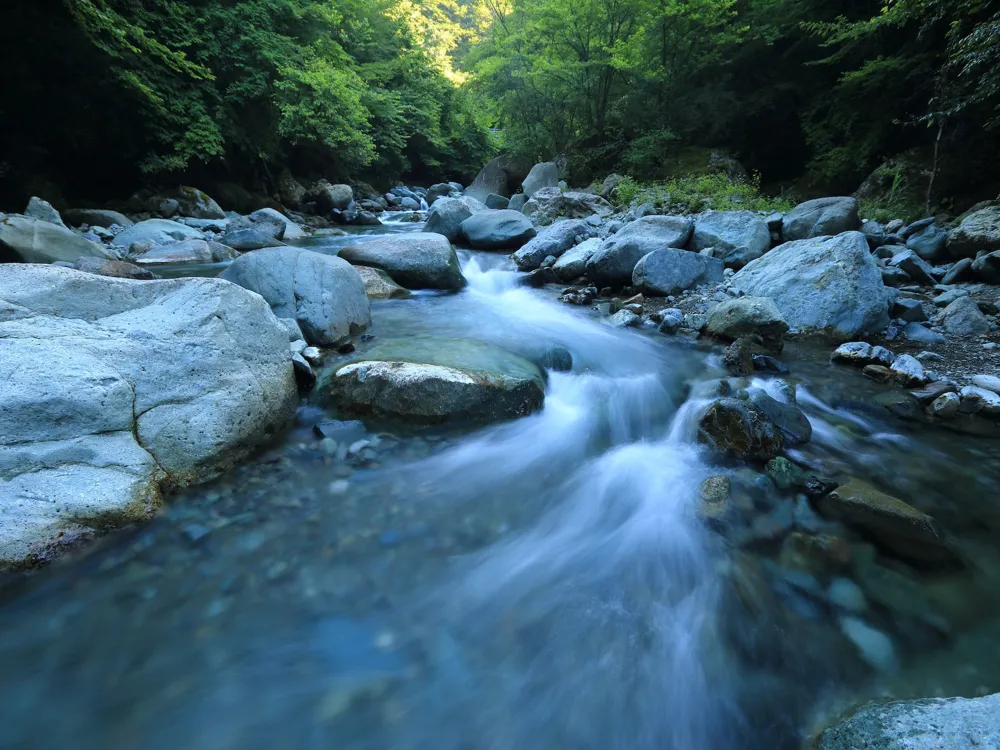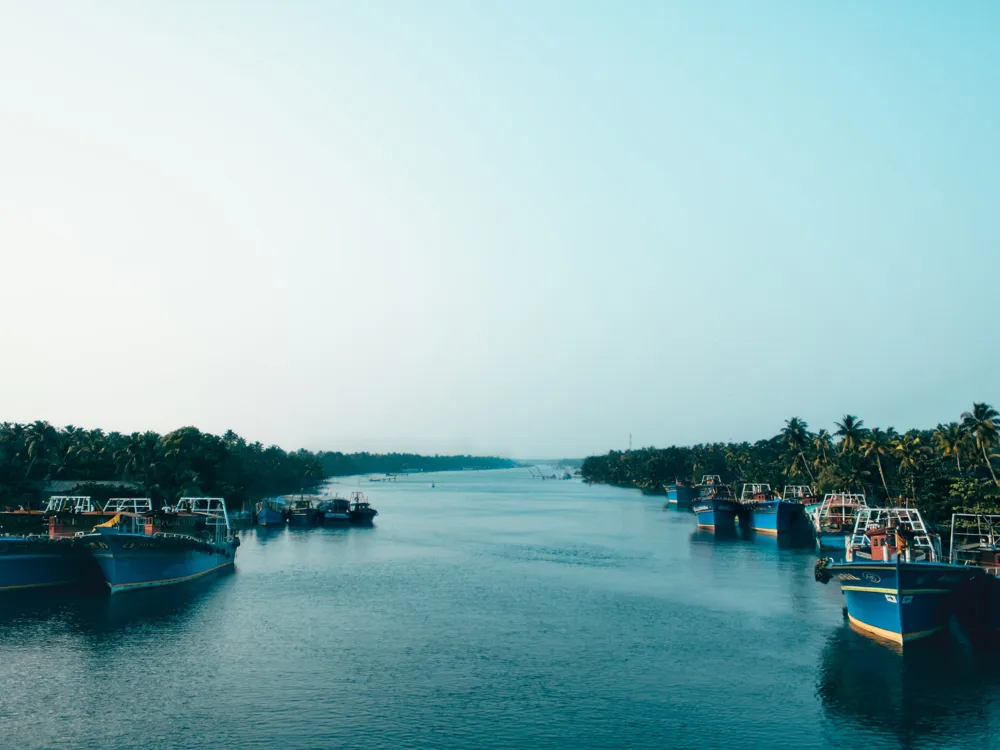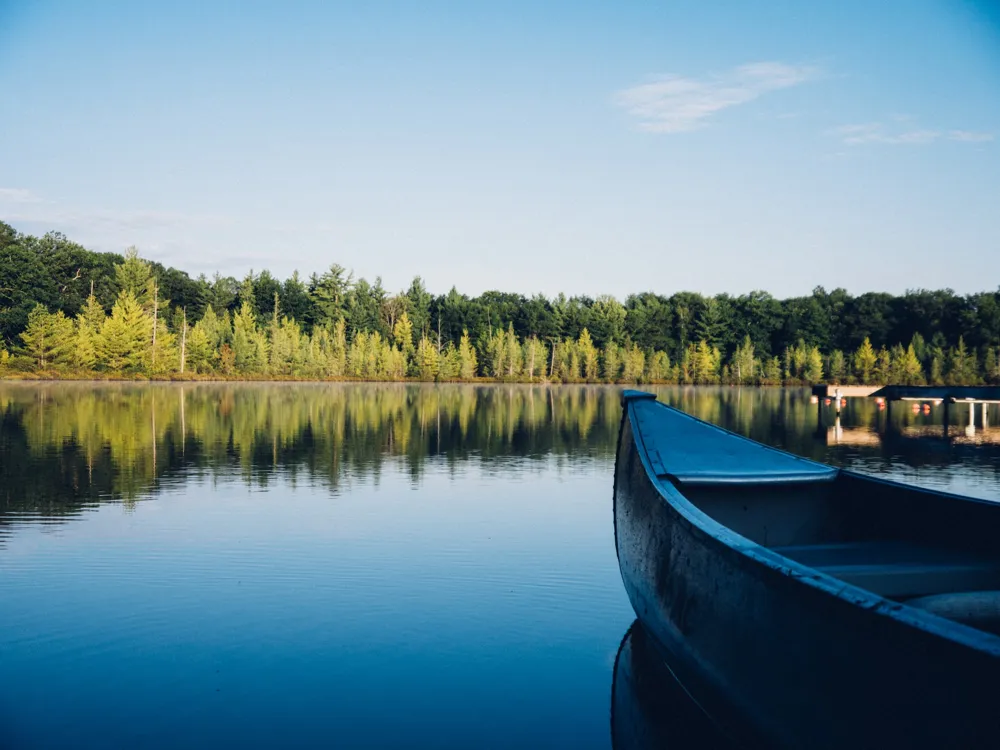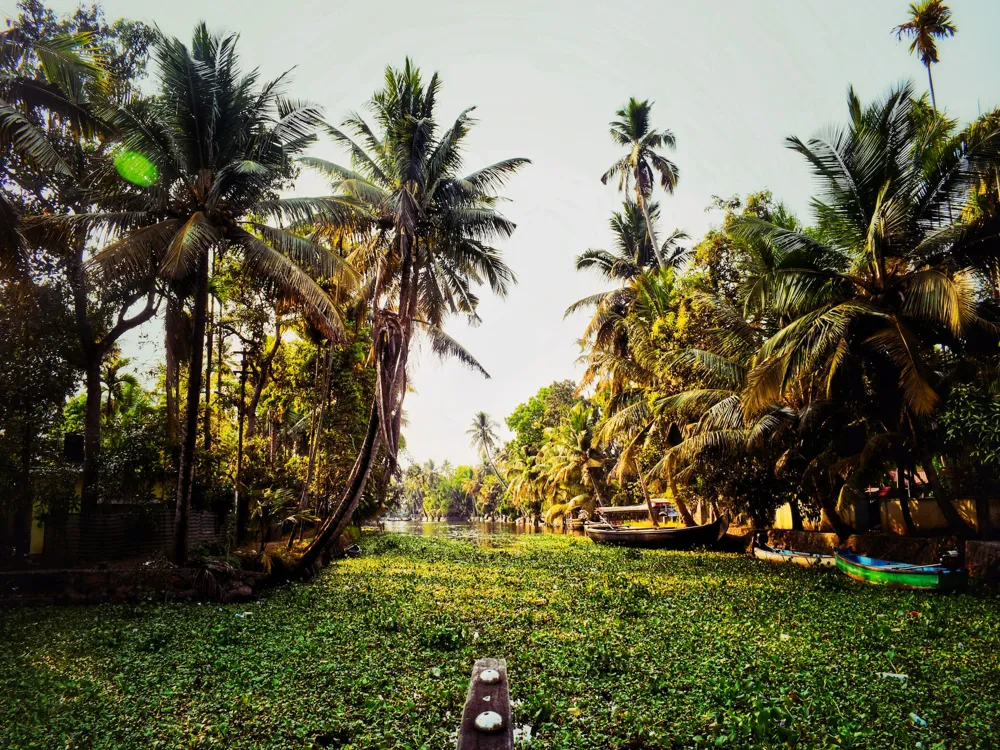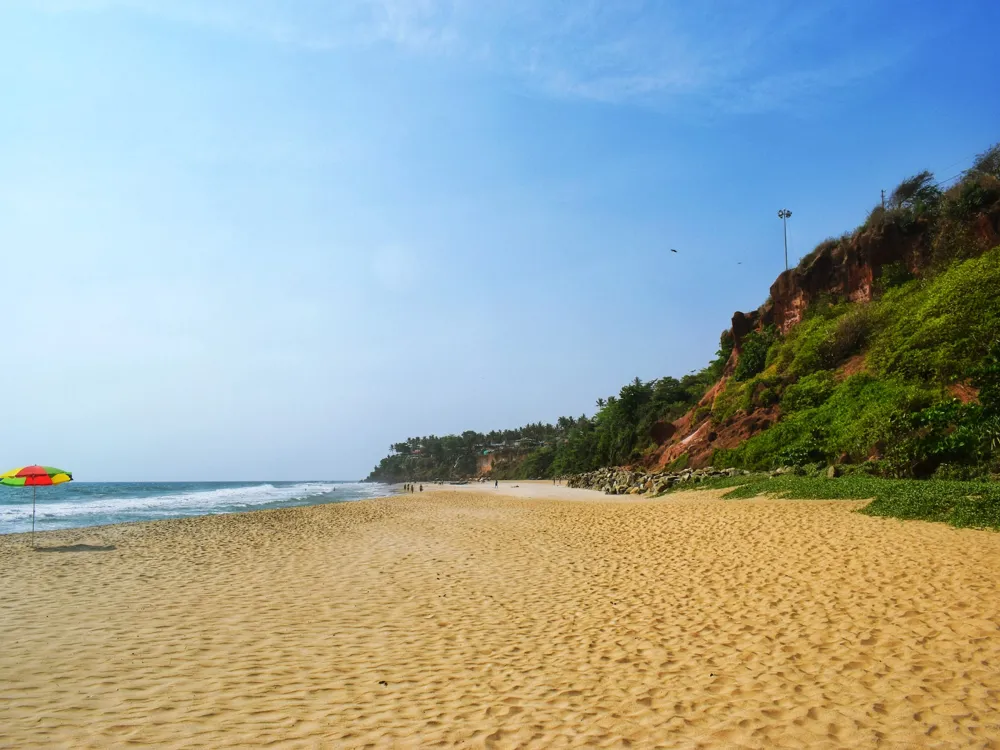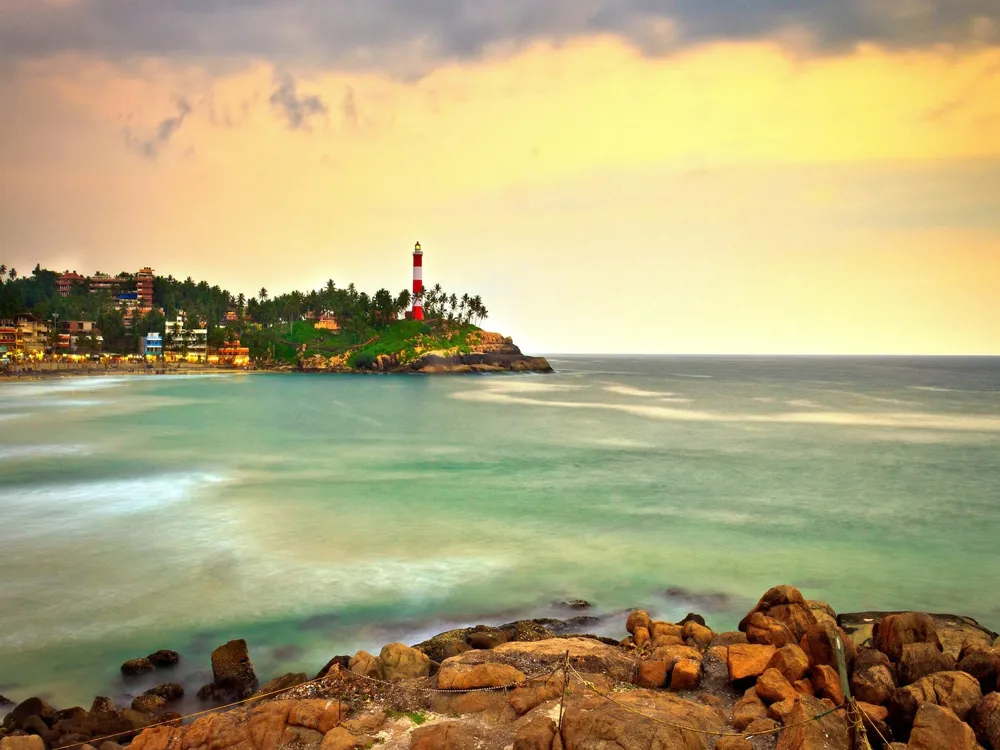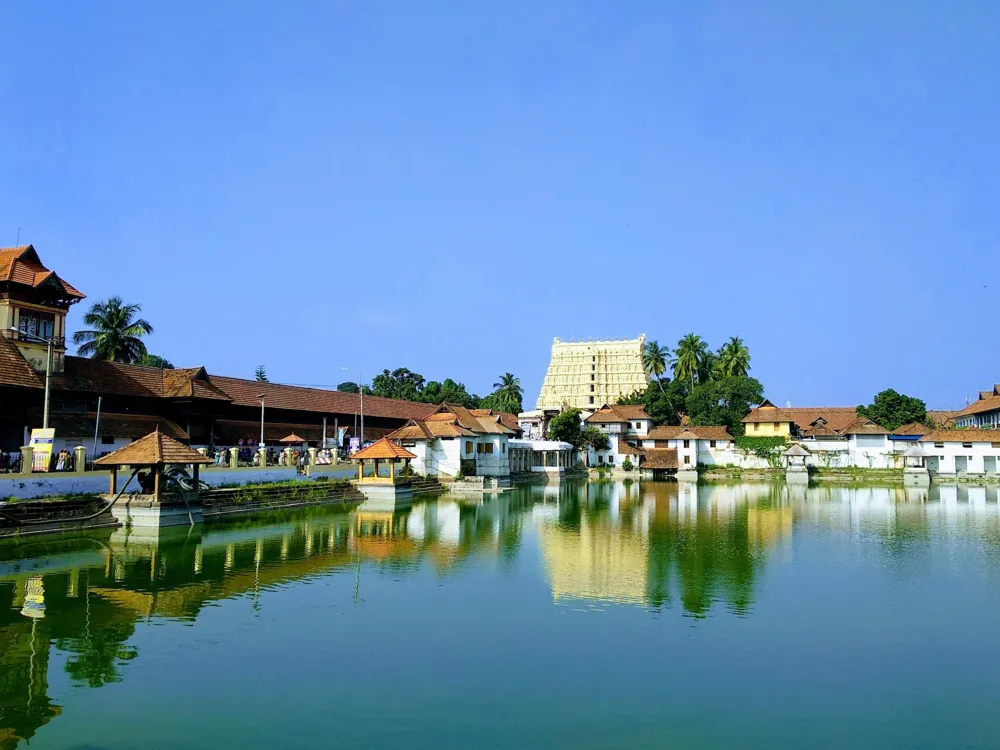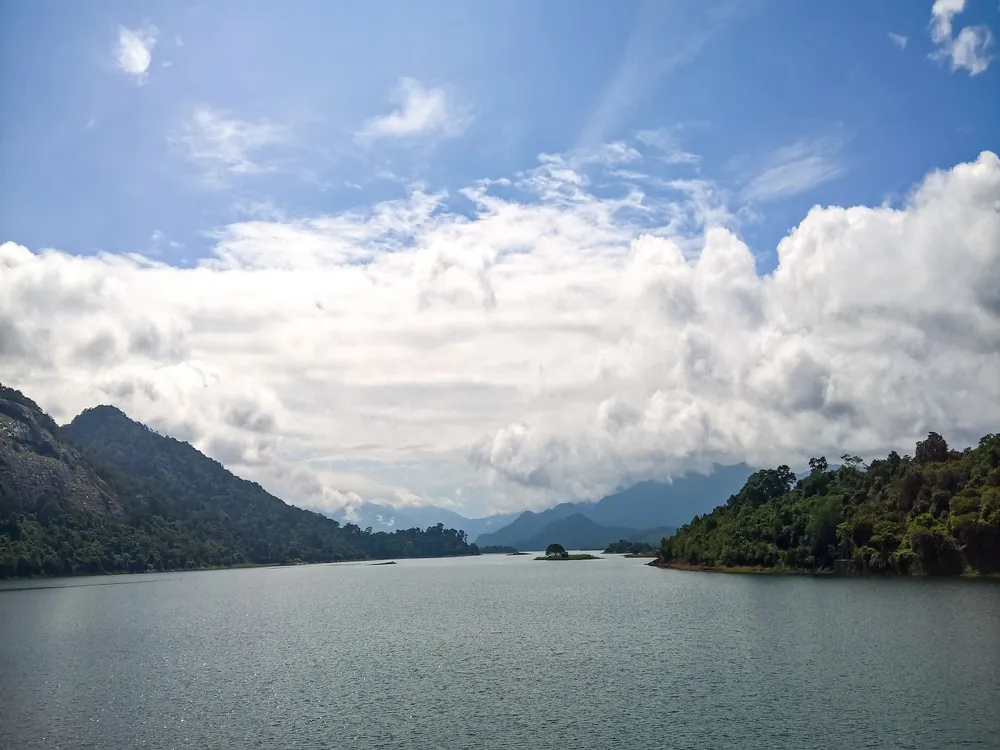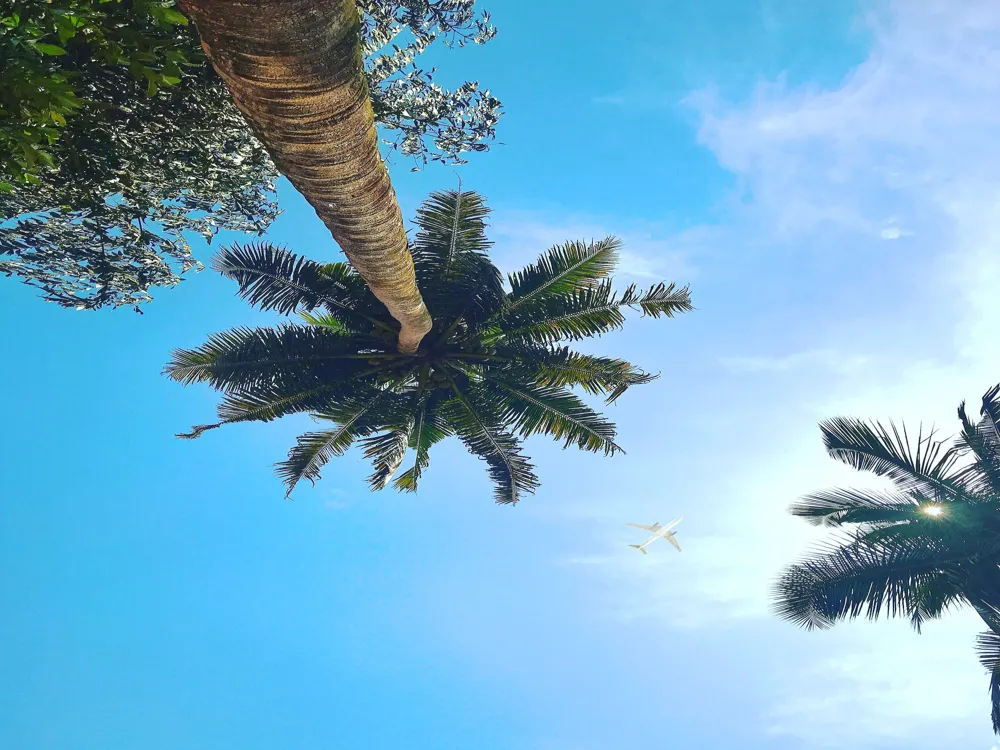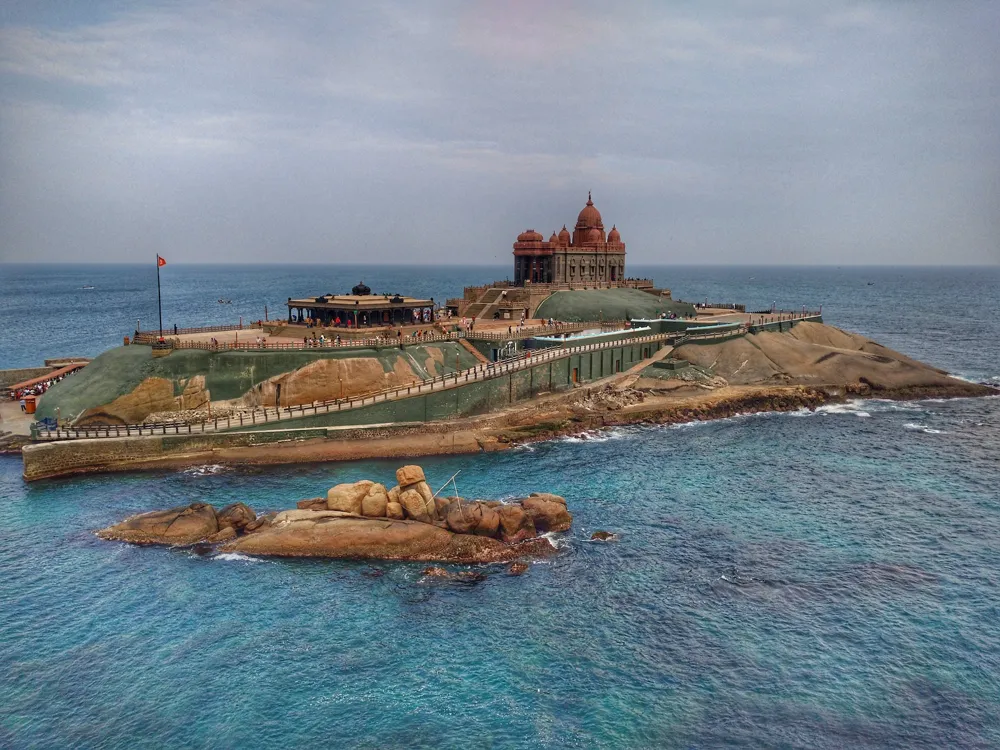Nestled in the lush green landscapes of Kerala, Pattazhi is a serene village in the Kollam district, renowned for its rich cultural heritage and picturesque beauty. This hidden gem in God's Own Country offers a unique blend of tranquility and tradition, making it an ideal destination for those seeking an authentic Kerala experience. With its roots deeply embedded in history, Pattazhi is a place where the past and present coexist in harmony. The name 'Pattazhi' is derived from the Malayalam words 'Patha' and 'Aazhi', meaning 'old ocean', signifying the village's ancient connection to water bodies that once graced the area. This connection is still evident in the lush paddy fields and intertwined waterways that define the landscape. Pattazhi's history is steeped in folklore and legends, which are intricately woven into the daily lives of its inhabitants. The village is not just a geographical location, but a tapestry of stories, traditions, and natural beauty. The people of Pattazhi are known for their warm hospitality and deep respect for nature. The village's economy is primarily agrarian, with rice and coconut cultivation playing a significant role. Traditional Kerala architecture is evident in the homes and buildings, with sloping roofs, wooden carvings, and spacious courtyards being the hallmark features. Festivals and rituals are an integral part of Pattazhi's culture, celebrated with much fervor and enthusiasm. Apart from its cultural richness, Pattazhi is a haven for nature lovers. The region is blessed with an abundance of natural beauty, from the verdant fields to the tranquil backwaters. The local flora and fauna add to the village's charm, making it a perfect spot for birdwatching and nature walks. Pattazhi's serene environment and untouched beauty offer a much-needed respite from the hustle and bustle of city life, providing visitors with an opportunity to reconnect with nature and themselves. The architecture of Pattazhi is a splendid showcase of Kerala's traditional building styles, seamlessly blending with the natural surroundings. The structures in Pattazhi are more than just buildings; they are embodiments of the cultural and historical legacy of Kerala. The architecture here is not merely about aesthetics but also about functionality, sustainability, and harmony with nature. One of the most distinctive features of Pattazhi's architecture is the Nalukettu, a traditional homestead typical to Kerala. The Nalukettu is designed around a central courtyard, known as Nadumuttam, which acts as the focal point of the house. This open courtyard is not just a source of natural light and air but also a space for social and family gatherings. The sloping roofs, made of clay tiles, are another characteristic feature, designed to withstand the heavy monsoons typical of the region. The extensive use of wood in the form of intricately carved doors, windows, and ceiling panels adds to the elegance of these structures. The temples of Pattazhi are yet another marvel of architecture. These sacred structures are built according to the principles of ancient Vastu Shastra and are known for their intricate woodwork, stone carvings, and mural paintings. The temples serve not just as places of worship but as cultural hubs, hosting various art forms like Kathakali and Theyyam. The harmony between the built environment and the natural landscape is evident in the way these temples are integrated into their surroundings, often surrounded by lush greenery and water bodies. Traditional Kerala architecture is inherently eco-friendly, utilizing local materials like wood, laterite, and clay. The designs are climate-responsive, ensuring cross-ventilation and natural cooling. The harmony between the built and natural environments is a testament to the architectural wisdom of the past, making Pattazhi a living example of sustainable living practices. The ideal time to visit Pattazhi is from October to March when the weather is pleasant, and the natural beauty of the village is at its peak. This period avoids the heavy monsoon rains and the scorching summer heat, making it perfect for exploring the village and its surroundings. Respect local customs and traditions. Dress modestly when visiting temples and religious sites. It's also a good idea to learn a few basic phrases in Malayalam, the local language, to interact with the villagers. Pattazhi offers a range of accommodation options, from traditional homestays to more modern lodgings. Staying in a homestay can provide a more authentic experience and an opportunity to savor local cuisine. Walking or cycling is the best way to explore Pattazhi. This allows you to truly soak in the natural beauty and observe the daily life of the villagers up close. Don’t forget to carry a camera to capture the picturesque landscapes. Kerala's cuisine is renowned for its rich flavors and use of fresh spices and coconut. Don't miss out on traditional dishes like appam, puttu, and fish curry. Vegetarian options are also plentiful and equally delicious. Pattazhi is well-connected to major cities in Kerala and other parts of India. The nearest airport is Trivandrum International Airport, approximately 80 kilometers away. From there, you can hire a taxi or take a bus to reach Pattazhi. The nearest railway station is Kollam Junction, which is well connected by trains from various parts of the country. Local buses, taxis, and auto-rickshaws are readily available for transportation within the region. Read More:Overview of Pattazhi, Kollam, Kerala
Architecture of Pattazhi
Tips When Visiting Pattazhi
Best Time to Visit
Local Etiquette and Customs
Accommodations
Exploring the Village
Local Cuisine
How To Reach Pattazhi
Pattazhi
Kollam
Kerala
₹ 20,300 onwards
View kollam Packages
Kollam Travel Packages
View All Packages For Kollam
Top Hotel Collections for Kollam

Private Pool

Luxury Hotels

5-Star Hotels

Pet Friendly
Top Hotels Near Kollam
Other Top Ranking Places In Kollam
View All Places To Visit In kollam
View kollam Packages
Kollam Travel Packages
View All Packages For Kollam
Top Hotel Collections for Kollam

Private Pool

Luxury Hotels

5-Star Hotels

Pet Friendly







